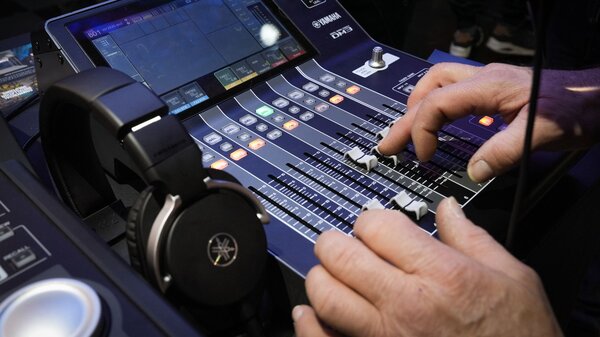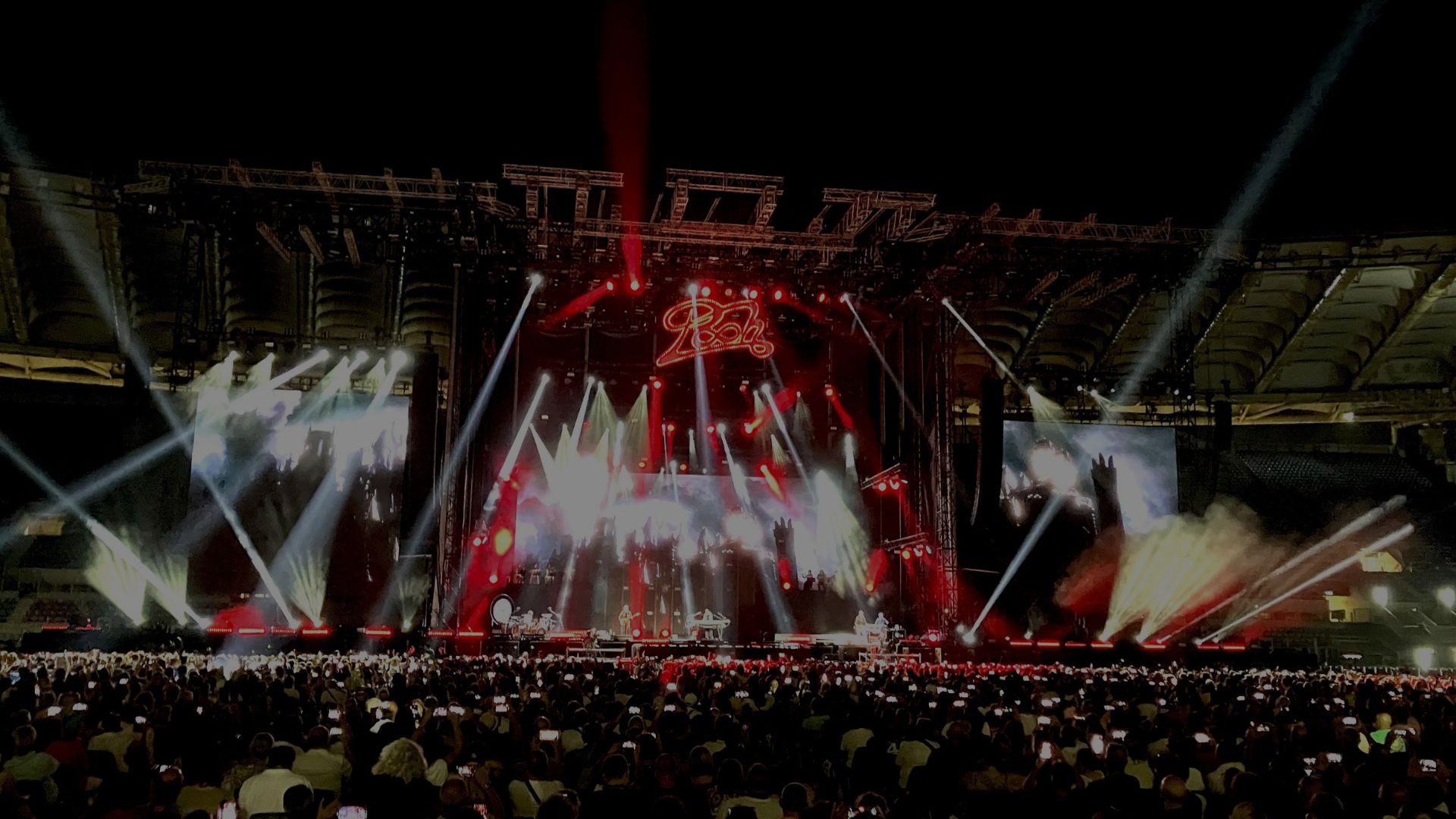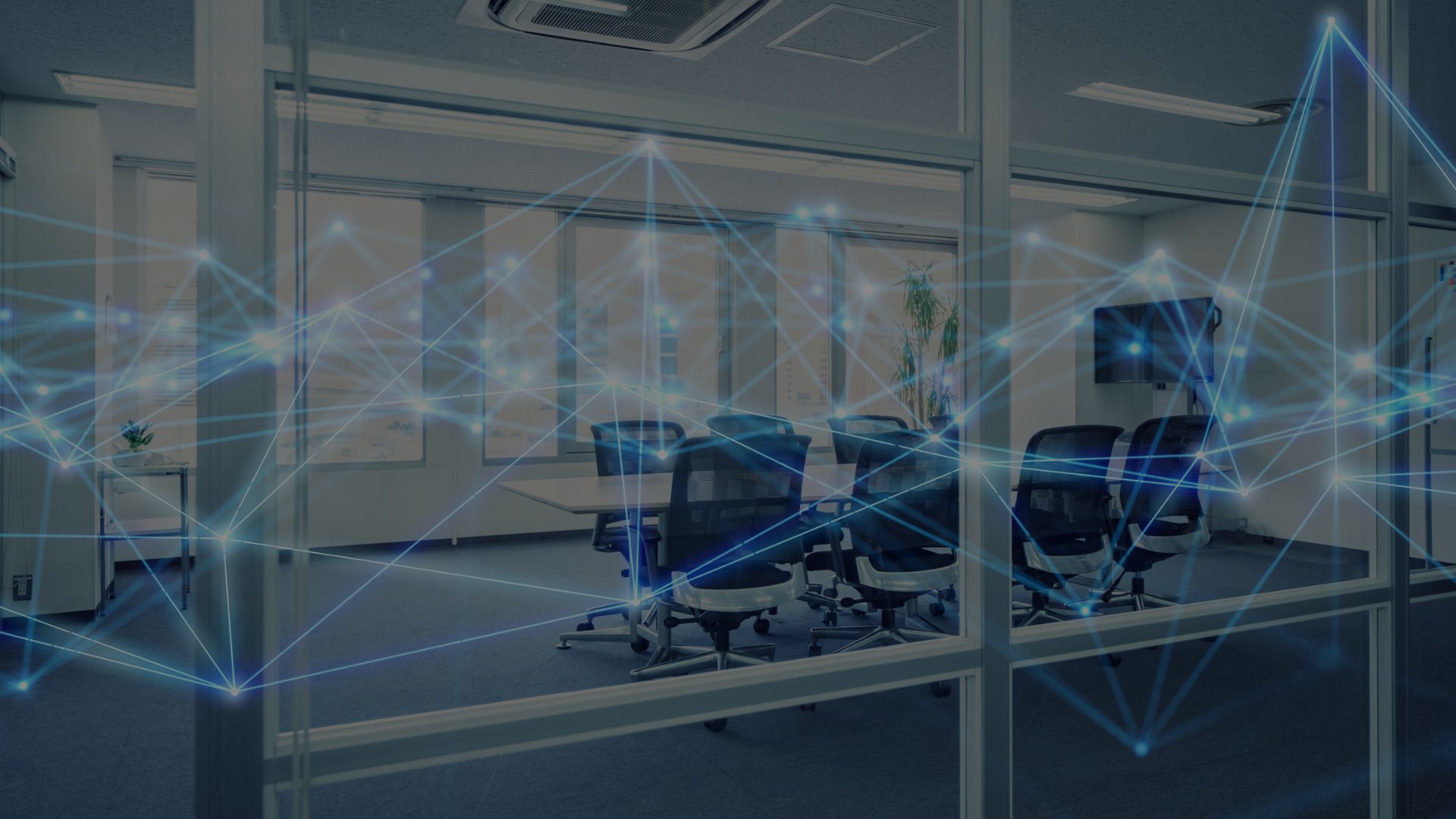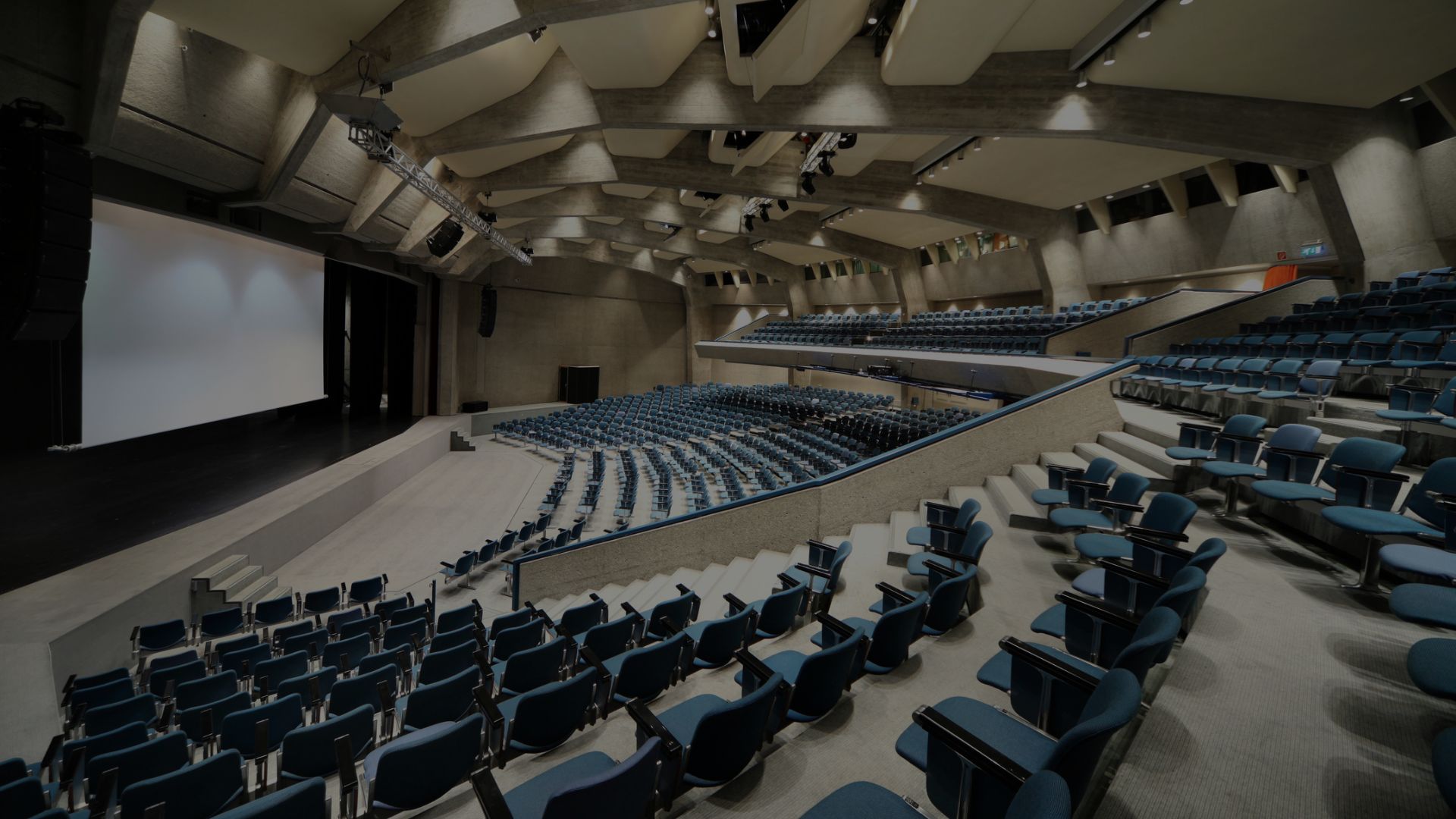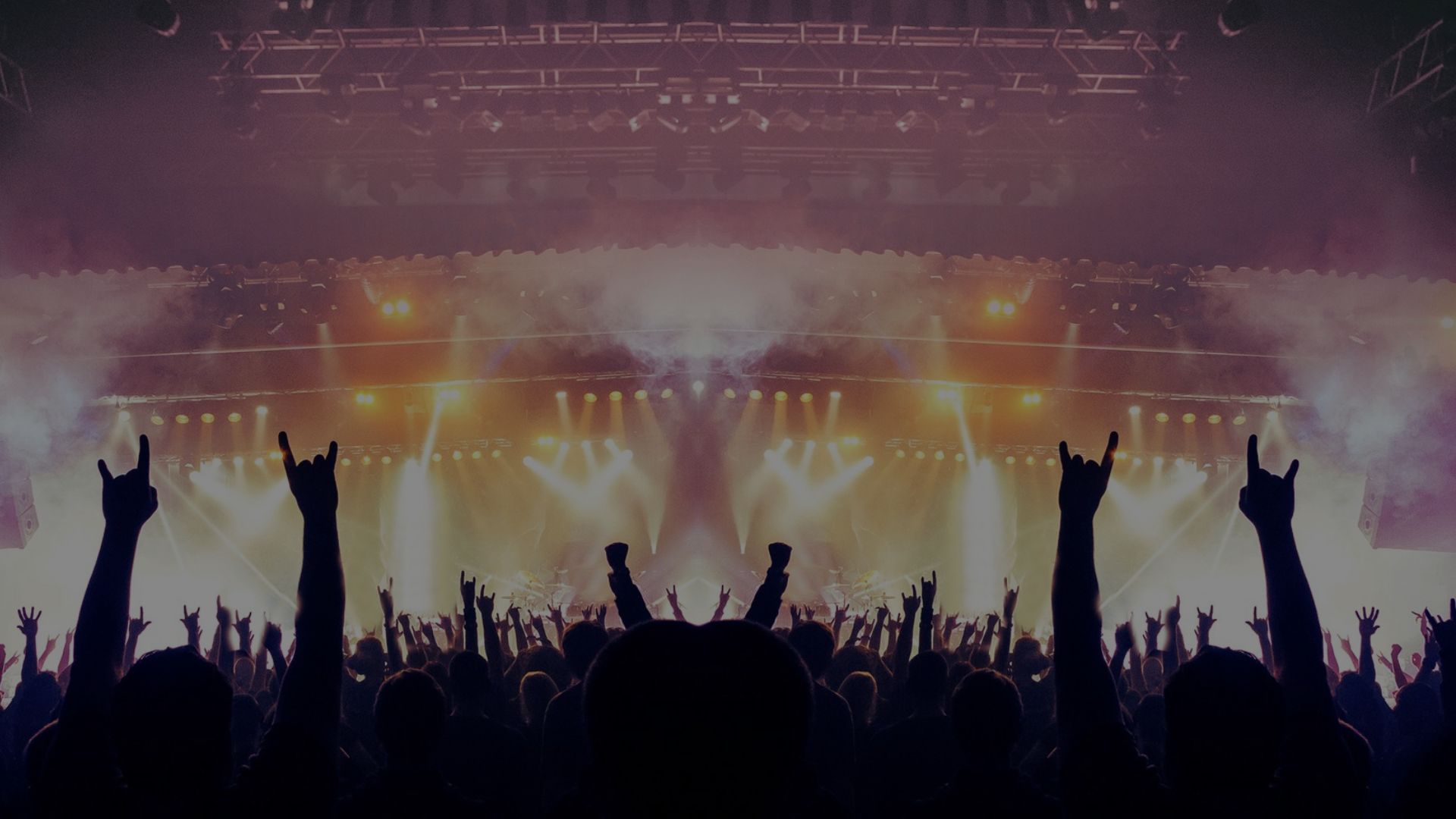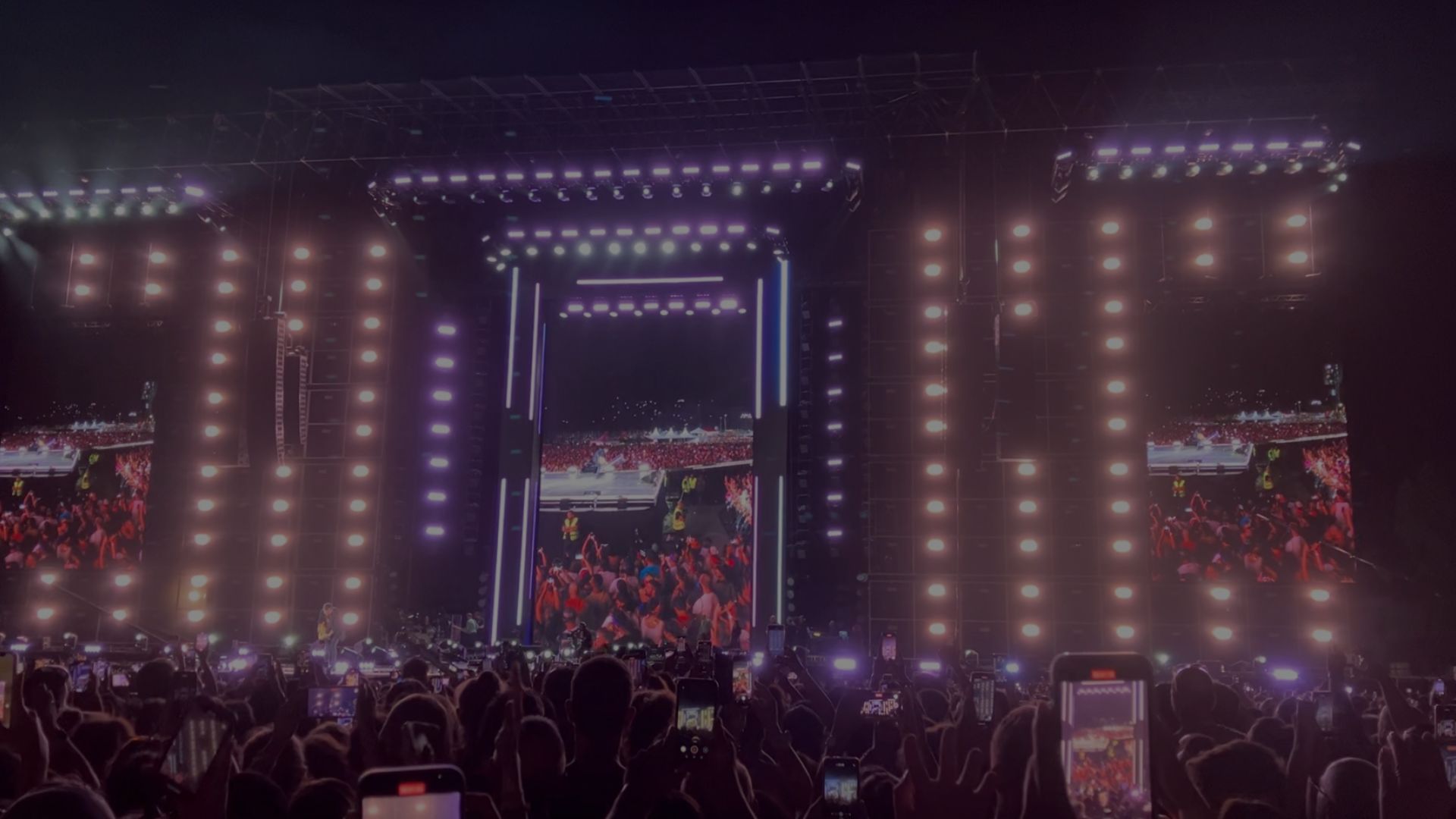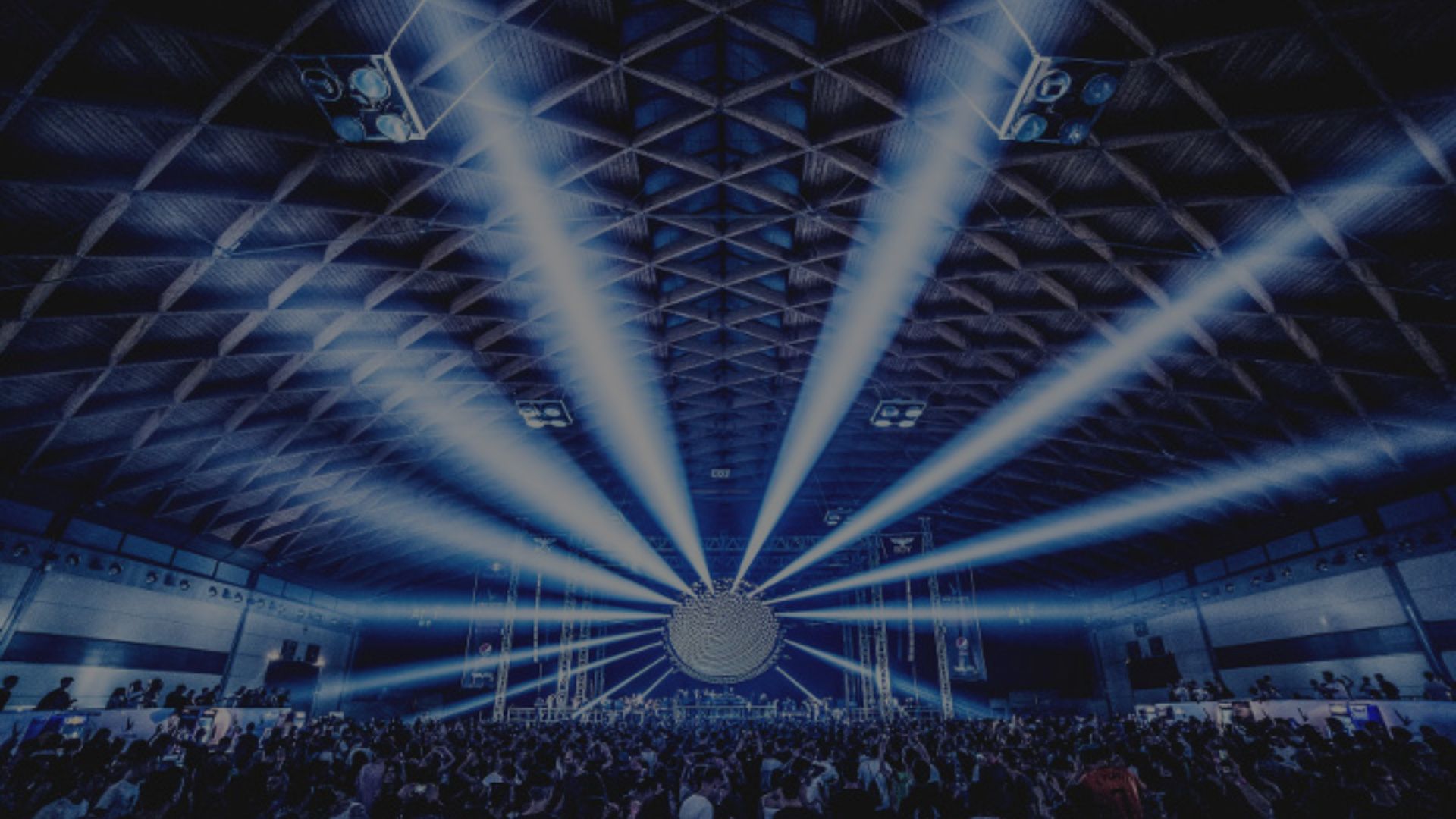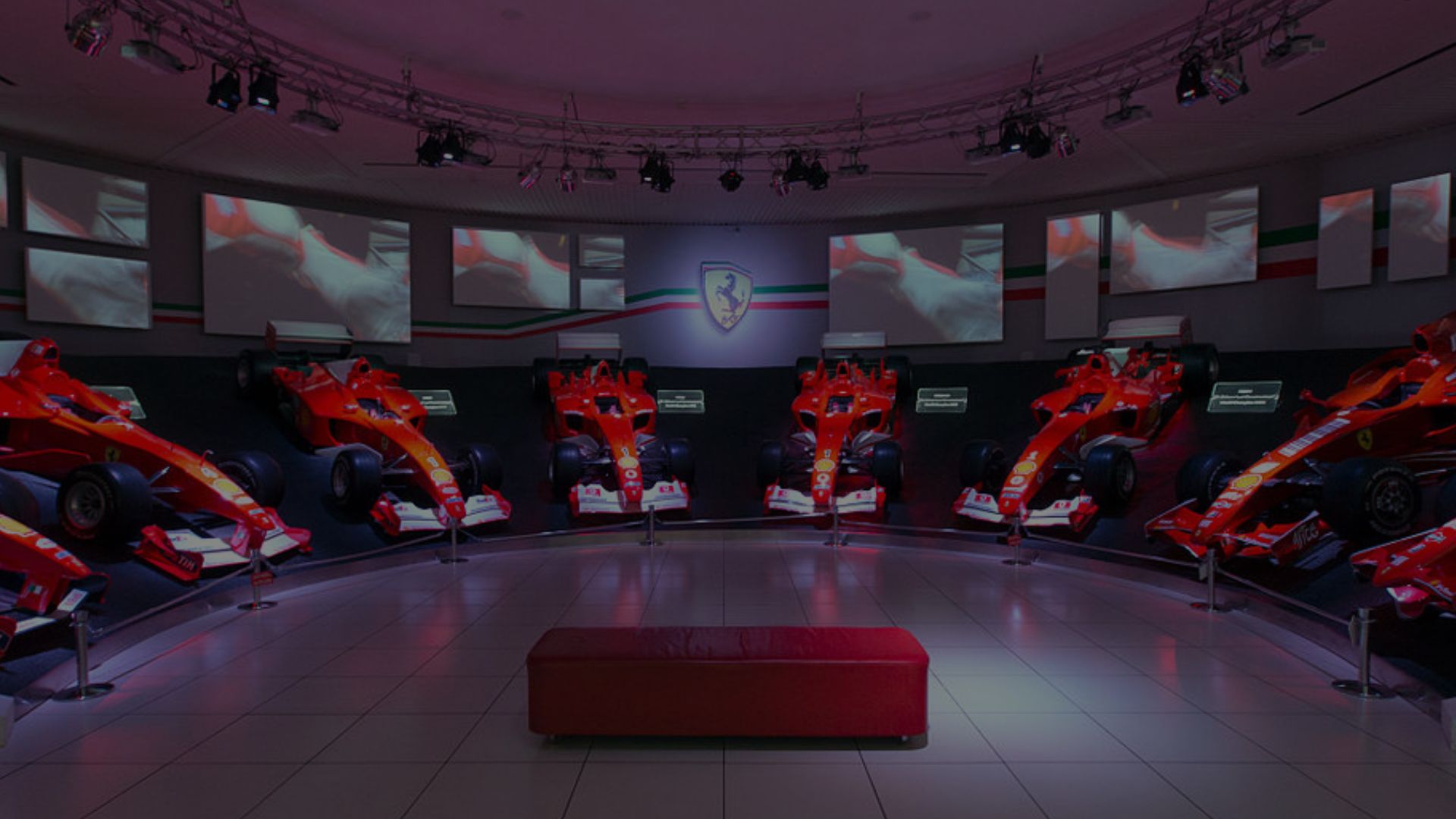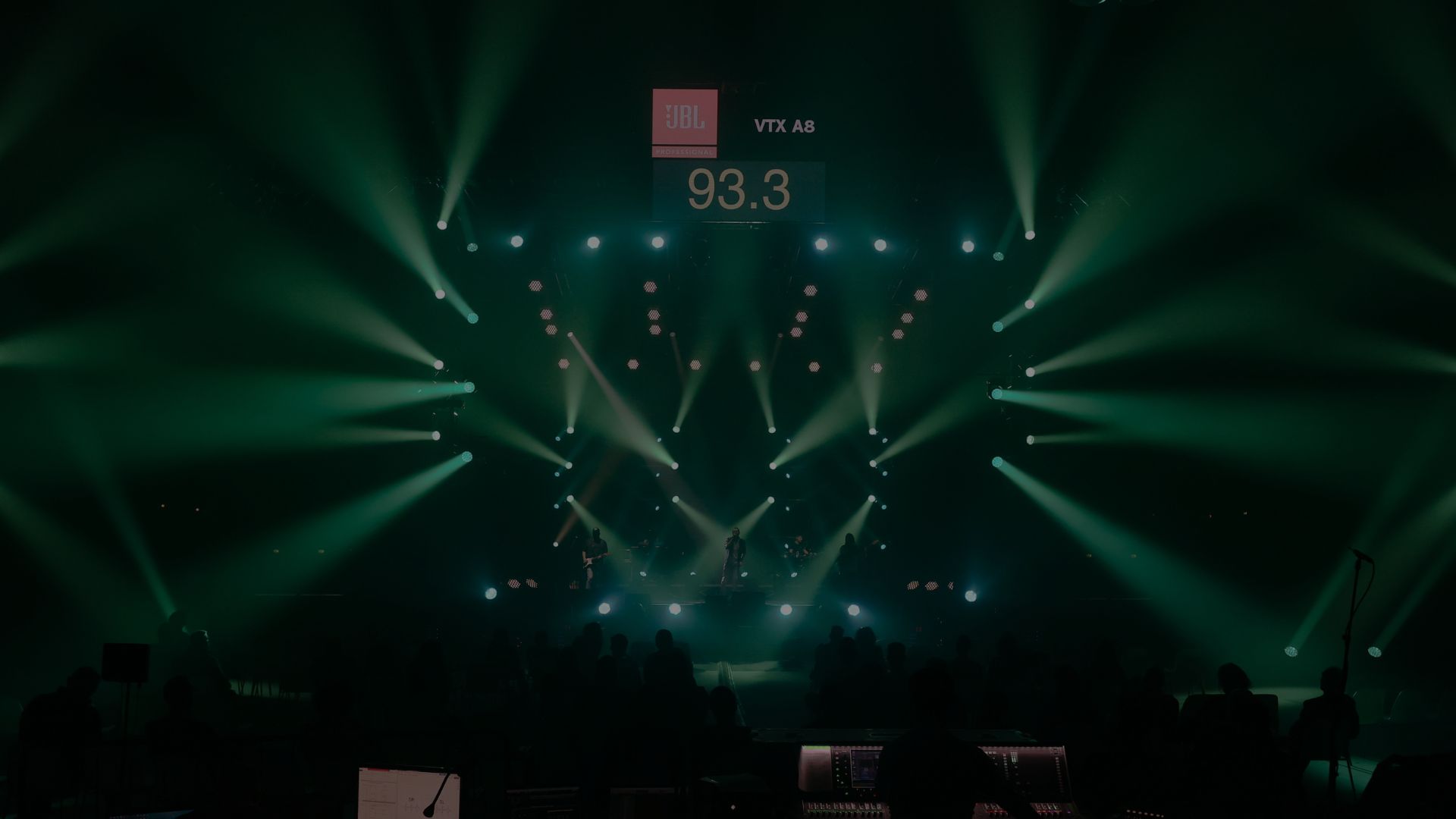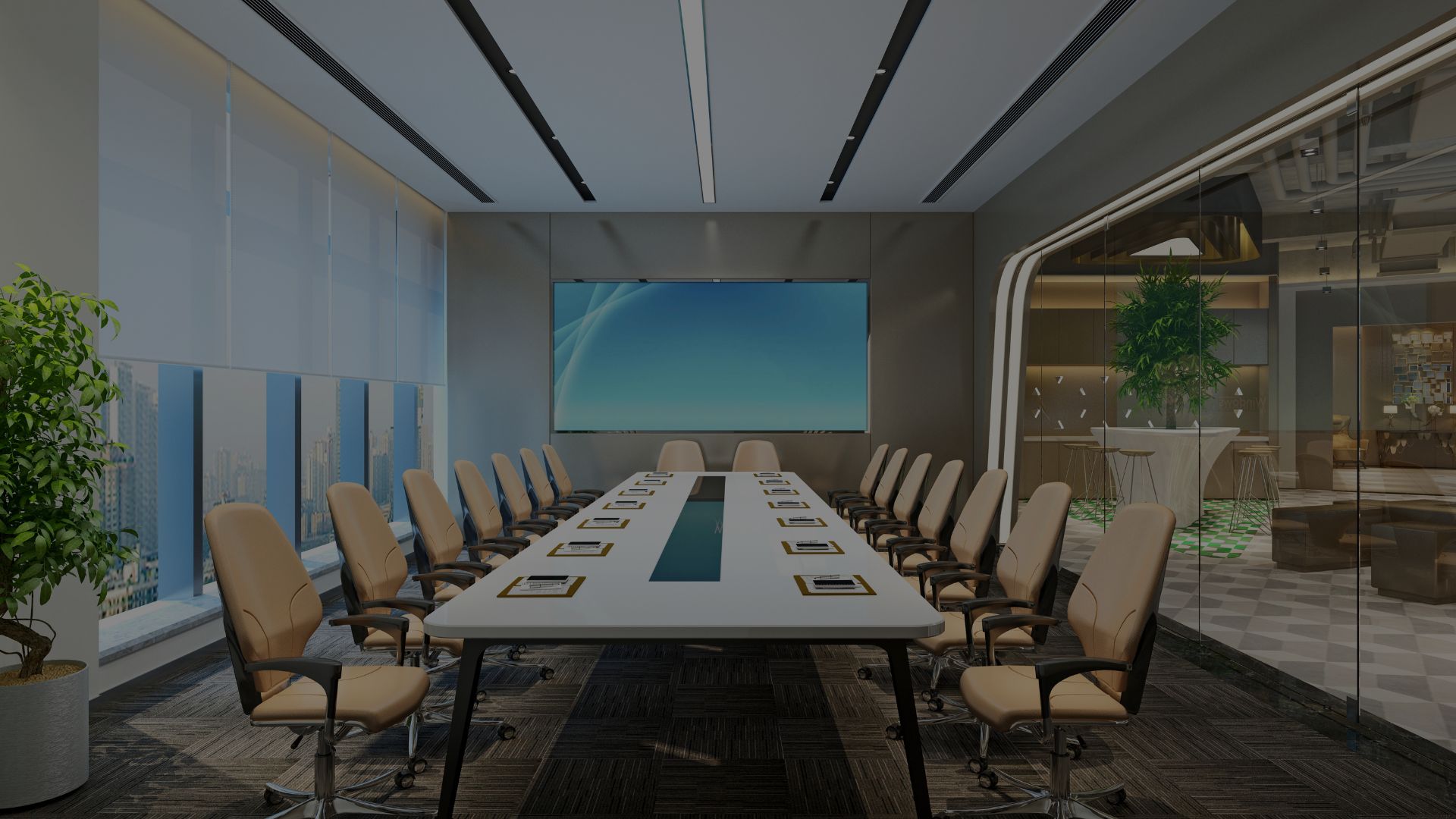The world of live sound is undergoing an unprecedented evolution. From optimizing sound systems to advanced signal management, new technologies are redefining how sound professionals approach live audio.
Today more than ever, sound engineers must stay up to date with tools and innovations that can enhance both audio quality and audience experience.
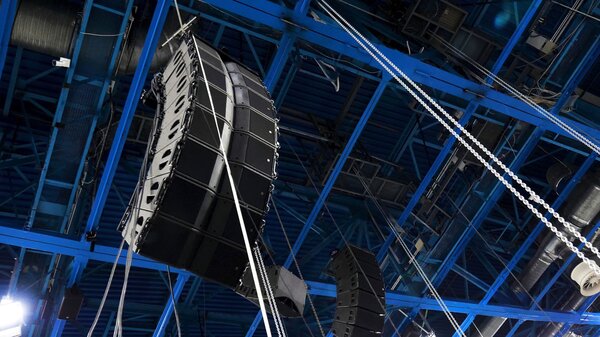
Advanced Array Systems
One of the most significant transformations involves array systems, which now incorporate increasingly sophisticated technologies to deliver superior audio quality and consistent coverage, while reducing issues such as reverb and interference.
Modern arrays can adapt sound dispersion based on the characteristics of the venue, using advanced software and intelligent algorithms. These tools allow engineers to sculpt sound with precision, enhancing clarity in the mid-high frequencies and reducing unwanted interference.
Real-Time Flexibility and Adaptability
Some advanced arrays can dynamically adjust their sound dispersion in real time, adapting to environmental conditions and audience size. This ensures a consistent listening experience in any setting, minimizing the need for manual adjustments and improving operational efficiency. Integrated DSP (Digital Signal Processing) systems further optimize performance, delivering clearer and more detailed sound even in acoustically challenging environments.
Artificial Intelligence and Automation
AI for Real-Time Sound Analysis and Optimization
Artificial intelligence is increasingly entering the live sound industry, introducing smart tools that simplify audio management and improve sound quality.
AI-powered systems can analyze live mixes in real time, automatically detecting phase issues, EQ imbalances, and level mismatches. These algorithms provide instant feedback and correction suggestions, allowing for greater accuracy and reducing human error.
A game-changer in live sound is the AI’s ability to learn from an engineer's adjustments, progressively adapting to the specific needs of a venue or artist. Some advanced platforms can even memorize and replicate the sound design of a past performance.
Automated Mixing and Dynamic Sound Control
Automation is also transforming the live mixing process. AI-based systems can dynamically manage channel levels, optimizing vocals and instruments according to their role in the mix. This allows sound engineers to focus on the creative aspects, while AI handles repetitive technical adjustments.
AI is also helping in acoustic space management. Using sensors and intelligent software, systems can analyze a venue's acoustic characteristics in real time and adapt the sound diffusion accordingly, minimizing reflections and enhancing clarity.
Immersive Audio and Multichannel Formats
Immersive Audio: A New Standard for Live Sound
Immersive audio is one of the most exciting advancements in live sound, offering a 3D sonic experience that goes beyond traditional stereo or surround systems. Using spatial audio software, engineers can virtually place sound sources in space, creating realistic and dynamic acoustic environments.
A major benefit is the natural and enveloping sound distribution, allowing audiences to better perceive the location of instruments and voices. At concerts, immersive sound can even “follow” performers on stage, syncing the auditory and visual experience.
Applications of Immersive Audio
Immersive sound is being used not only in concerts, but also in theatre, multimedia events, and art installations. In some shows, sound moves around the audience, creating engaging effects that enhance emotional impact.
Modern rendering software enables immersive systems to adapt to the acoustics and layout of a venue, ensuring consistent quality across the space and eliminating dead zones or hotspots.
The Role of Cloud and Audio Networking
Audio networking using digital protocols has greatly simplified signal distribution for large-scale events.
The cloud allows technicians to access presets, configurations, and system data remotely, speeding up setup and enhancing data security.
Real-Time Monitoring and Remote Control
Sound engineers can now control and fine-tune the mix using tablets and mobile devices, walking around the venue and evaluating sound from different perspectives.
This capability leads to more precise real-time adjustments and a more efficient and responsive workflow.
Training and Adapting to New Technologies
As technology evolves, continuous training is essential for sound engineers.
Workshops, online courses, and certifications help professionals stay current and make the most of cutting-edge tools.
Conclusion
Live sound is undergoing a technological revolution that is transforming the role of the sound engineer. From immersive audio and AI-driven tools to advanced array systems and cloud-based control, innovation is enhancing audio quality and operational efficiency.
Staying ahead of these trends is key to delivering increasingly immersive, high-quality sound experiences. The future of live sound is already here — and today’s professionals have the opportunity to be at the forefront of this evolution.
PUBLICATION
24/04/2025
Audio

